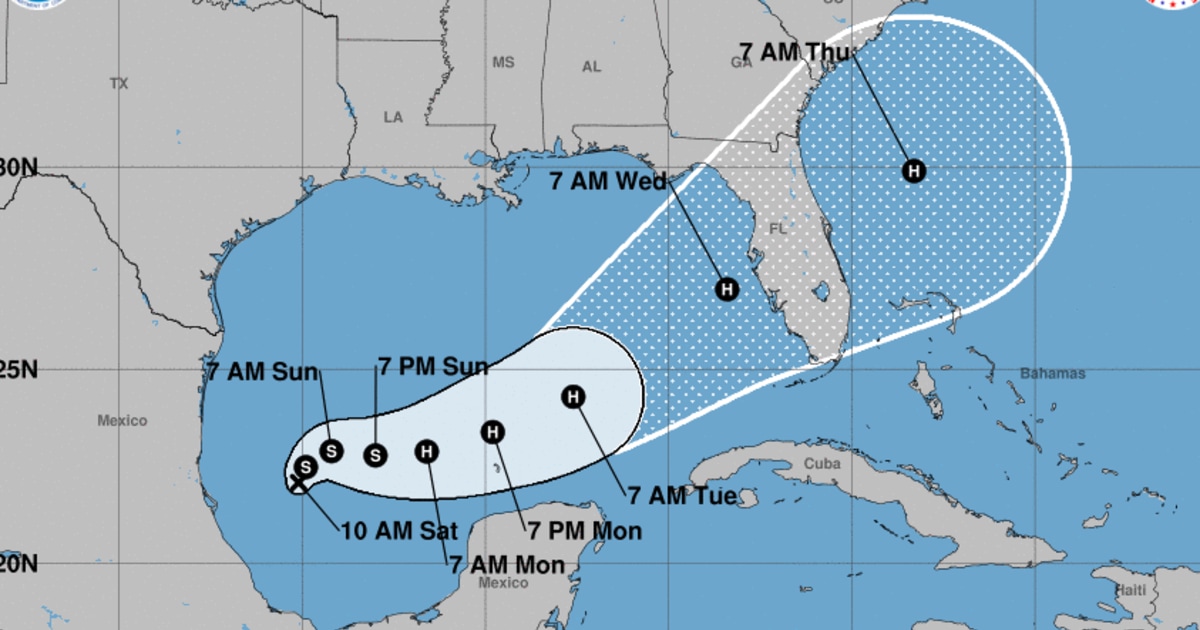
September 16, 2024 This article has been reviewed according to Science X's editorial process and policies . Editors have highlightedthe following attributes while ensuring the content's credibility: fact-checked peer-reviewed publication trusted source proofread by Rebecca Owen, American Geophysical Union Products that we depend on and use every day arrive by way of massive container ships to ports around the world. But the maritime shipping industry is also responsible for polluting the air and oceans with sulfur dioxide, which can negatively affect human health, cause ocean acidification, and oxidize to form sulfate aerosols.
International shipping lanes have historically accounted for 13% of global anthropogenic sulfur dioxide emissions. In 2020, the International Maritime Organization (IMO) released stricter regulations for large ships that have led to an 8.5-metric-megaton reduction in annual sulfur dioxide emissions.

But such a reduction may actually warm the planet—by how much is not widely agreed upon by scientists. Sulfate aerosols act as cloud condensation nuclei. An abundance of these particles leads to the formation of brighter clouds, which reflect more sunlight back to space and can help cool the planet.
Lower anthropogenic aerosol emissions can diminish this cooling effect. Since the IMO 2020 regulations were implemented, the planet has experienced an accelerated rate of warming. In their article published in Earth's Future , G.
Jordan and M. Henry used the U.K.
Earth system model called UKESM1 to examine the possible connections between a warming climate and the IMO 2020 regulations. Their findings showed that the restrictions have had a small but noticeable climatic effect. The researchers used two sets of climate model simulations—one with fixed sea surface temperatures and another simulating the atmosphere-ocean coupling.
The fixed sea surface temperature simulations showed a small increase in Earth's radiative imbalance caused mainly by a reduction in the aerosols' cloud brightening effect. The coupled atmosphere-ocean simulations showed more notable changes in cloud droplet properties, particularly over the North Atlantic and North Pacific, where shipping traffic is high. The simulations suggest that IMO 2020 regulations will cause the global annual surface temperature to rise by just under 0.
05°C—or the equivalent of 2–3 years of global warming—between 2020 and 2029. IMO 2020 regulations might have been one driver of the extreme temperatures experienced around the planet in 2023, but they are far from the only cause, the authors write. Regardless, they add that the potential effects of such regulations should be considered in climate change mitigation efforts.
More information: G. Jordan et al, IMO2020 Regulations Accelerate Global Warming by up to 3 Years in UKESM1, Earth's Future (2024). DOI: 10.
1029/2024EF005011 Journal information: Earth's Future Provided by American Geophysical Union This story is republished courtesy of Eos, hosted by the American Geophysical Union. Read the original story here ..














